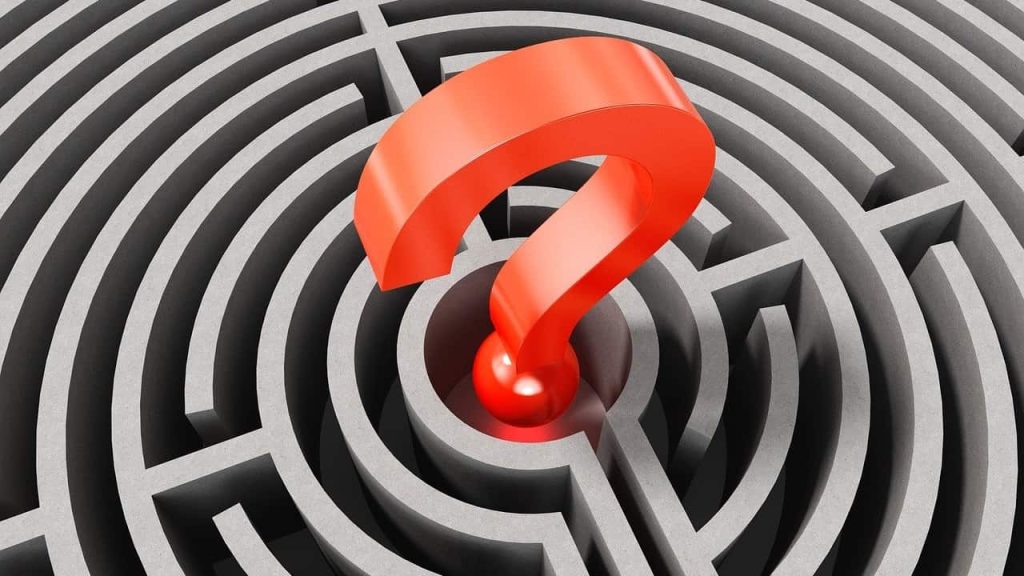You might have heard the terms “SNAP” and “EBT” thrown around, especially when talking about getting help with groceries. They sound kind of similar, right? But are they actually the same thing? The short answer is no, but it’s a little more complicated than that. This essay will break down the differences and similarities between SNAP and EBT so you understand how they work.
What is SNAP?
The answer is that SNAP is the program, and EBT is how people receive their benefits. SNAP, which stands for Supplemental Nutrition Assistance Program, is a federal program run by the United States Department of Agriculture (USDA). It helps people with low incomes buy food. The goal is to make sure everyone can afford to eat healthy meals. People who qualify for SNAP get money to spend on groceries.

What Can You Buy With SNAP?
SNAP benefits are specifically for buying food items. This means you can’t use them for things like alcohol, tobacco, or pet food. You also can’t use them to buy non-food items, such as cleaning supplies or toiletries. SNAP is focused on helping people get the basic nutrition they need.
Here’s a list of some things you *can* buy with SNAP:
- Fruits and vegetables
- Meat, poultry, and fish
- Dairy products like milk and cheese
- Breads and cereals
- Seeds and plants that produce food
You can’t use SNAP to buy hot food that’s already prepared. For example, you can’t buy a cooked rotisserie chicken at the grocery store using SNAP, but you *can* buy an uncooked chicken.
Here’s a handy list of what SNAP won’t cover:
- Alcoholic beverages
- Cigarettes and tobacco
- Vitamins, medicines, and supplements
- Non-food items like paper products and pet food
How Do You Get SNAP Benefits?
If you qualify for SNAP, you don’t get a paper check or cash. Instead, you get an EBT card. EBT stands for Electronic Benefit Transfer. Think of it like a debit card for food. The government puts the SNAP money onto the EBT card each month. You can then use the card at authorized stores to buy groceries.
The EBT card works just like a regular debit card at most grocery stores. You swipe it at the checkout, enter your PIN, and the cost of your groceries is deducted from your SNAP balance. It’s a secure and easy way to access your benefits. There are a few key differences between EBT cards and typical debit cards though.
- EBT cards can only be used at stores that accept SNAP.
- EBT cards can only be used for eligible food purchases.
- There are no overdraft fees associated with EBT cards.
Here’s how it works:
- You apply for SNAP and are approved.
- You receive an EBT card in the mail.
- The government deposits your monthly SNAP benefits onto your EBT card.
- You go shopping at a store that accepts EBT.
- You use your EBT card like a debit card to pay for groceries.
Who is Eligible for SNAP?
To get SNAP benefits, you must meet certain requirements. These requirements are different depending on your state, but they generally involve your income, assets, and family size. Usually, you must be a U.S. citizen or a legal immigrant and have a low income.
The eligibility rules can be pretty complex, and they change from time to time. If you think you might qualify, you can apply for SNAP through your state’s social services agency. You can also check the USDA website for more information.
Here’s a simple table that can give you a general idea of who qualifies, but remember the final say is with your state:
| Factor | Consideration |
|---|---|
| Income | Your monthly income must be below a certain level (varies by state). |
| Resources | You cannot have too many resources (e.g., savings accounts, etc.). |
| Work | Generally, able-bodied adults without dependents must meet work requirements. |
Why are SNAP and EBT different?
While SNAP and EBT are often used together, it’s important to understand the difference. SNAP is the *program* that provides food assistance, while EBT is the *method* that provides the food assistance. Think of it like this: SNAP is the car, and EBT is the key to start it.
In some states, people may get benefits from other programs, like Temporary Assistance for Needy Families (TANF) or state-funded food assistance programs. These benefits are also usually loaded onto the EBT card, meaning a single card can serve different purposes.
The EBT system makes it easier for people to access their SNAP benefits in a private and efficient way. It also allows for accurate tracking of the funds, which helps the government monitor the program and reduce fraud. In short, EBT is the tool, and SNAP is the food assistance.
- SNAP: The program that provides the benefit.
- EBT: The method used to deliver the benefit.
SNAP is federally funded, but states manage the program. They decide on eligibility, run applications, and handle the EBT card distribution. This helps provide a more consistent approach across the country.
Conclusion
So, to recap: SNAP is the federal program that helps people afford food, and EBT is the electronic card that provides access to the benefits. They’re connected, but they’re not the same thing. SNAP is the program; EBT is how you receive the benefits. Hopefully, this clears up any confusion about SNAP and EBT. If you think you could use help with food, reach out to your local social services agency for more information about SNAP.